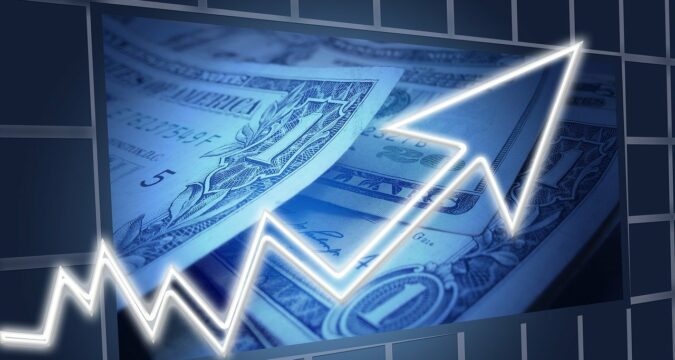
On Wednesday, the dollar was trading at two-and-a-half-year lows, as risk appetite was whetted by coronavirus relief measures and a huge US government spending bill, which sapped demand for safe-haven assets. The sentiment also got a boost as the United States expanded their rollout of the COVID-19 vaccine produced by Pfizer Inc. and its German partner BioNTech, while another vaccine created by Moderna is set for getting regulatory approval during the week. There were more than 1% gains in the British pound on Tuesday after a report that there was a possibility of an elusive Brexit trade deal.
However, Boris Johnson, the British Prime Minister, reiterated that a no-deal was the most likely outcome of the trade talks. The dollar was trading at $1.21630 against the euro, very close to the $1.2177 lows hit on Monday. On Wednesday, it dipped by 0.2% against the yen to trade at 103.44. The pound had jumped by 0.9% in the last session to trade at $1.3463. Earlier this month, Sterling had reached a value of $1.3540, a level that it hadn’t reached since 2018. Market analysts said that weakness in the dollar was because of all the positives that had been seen in the market, from stimulus to vaccines.
The market appears to have a feel-good momentum. A second meeting began between top US Congressional leaders on Tuesday for finalizing the $1.4 trillion spending package and ending a standoff on the relief package. Investors are also interested in the outcome of the two-day meeting of the US Federal Reserve that’s scheduled for Wednesday. It is expected that policymakers will keep the interest rate to zero and would probably stay there for a few years, a decision that’s expected to give an additional boost to investors’ risk sentiment.
A lot of analysts are also expecting new guidance on how long the bond-buying program will be kept up by the Fed. They don’t think the duration will be extended and if it doesn’t happen, then the dollar could bounce back. The dollar index, which measures the currency against a basket of its peers had reached 90.447 after it had slid to a low of 90.419 on Monday. It hadn’t reached this level since April 2018. 91 had been the former support level for the currency but had now become resistance. Therefore, the index is expected to go as low as 88.
There wasn’t much change in the Australian dollar, as it was still trading at 75.595 cents, which was near the two and a half year highs it had reached on Monday. It was the first time since April 2018 that the New Zealand dollar had reached 71.20 on Monday and it was now trading at 71.05 cents on Wednesday. If the stimulus package is approved, it could mean further bad news for the dollar as more money in the market would bring it down. But, it could also bounce back, depending on the outcome of the Fed meeting.


